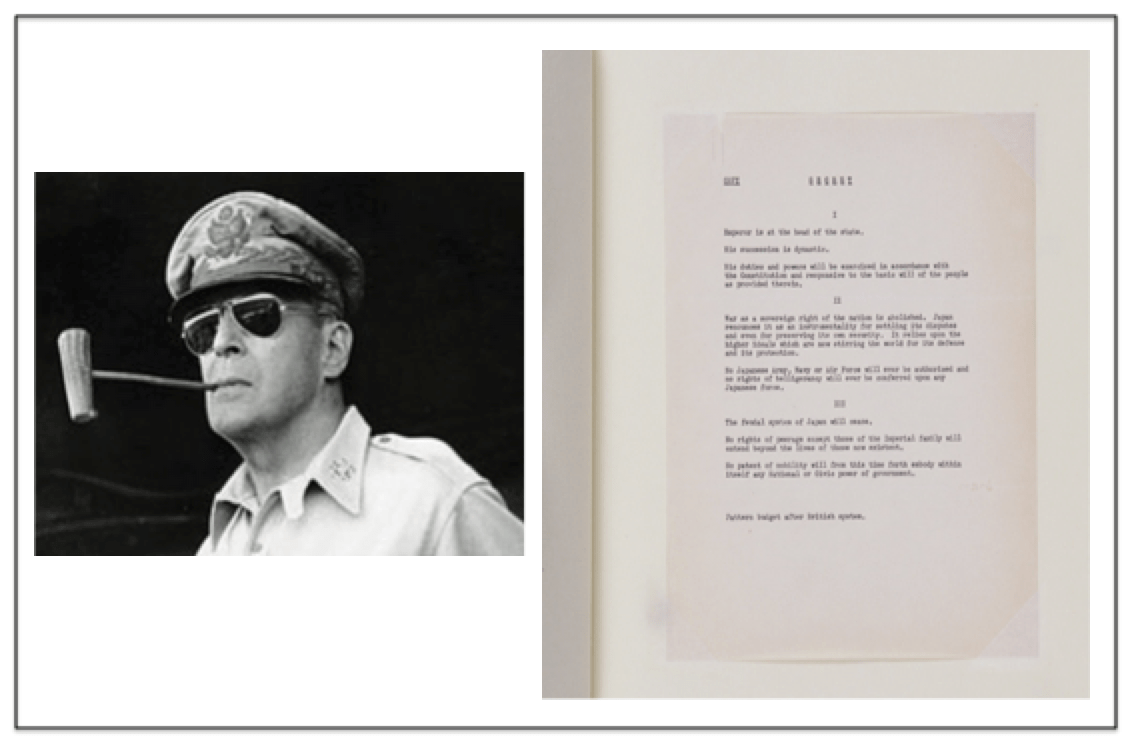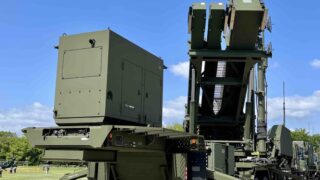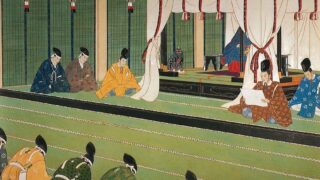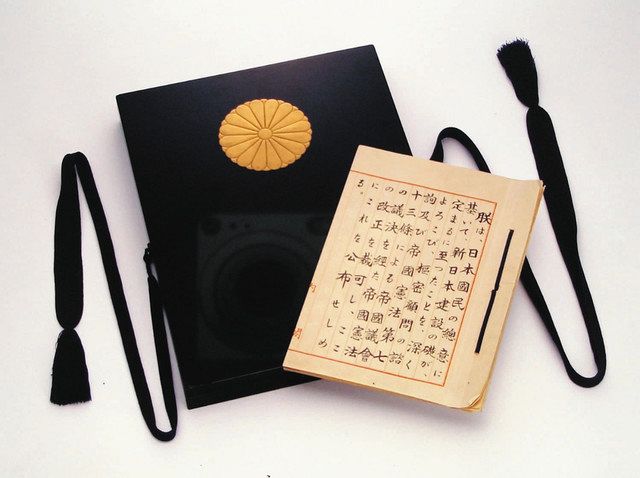Drafted in a Week by US Forces
Every since its defeat in 1945, Japan has maintained the course of democracy for nearly 80 years, and is now one the most politically stable nations during today’s turbulent era.
One of the reasons for such stability, can be attributed to the Constitution, which is regarded as the supreme law in Japan. Like many other democracies, the Constitution defines Japan as a country, and guarantees the rights of its people.
However, what makes the Japanese Constitution rather unique, is the historical fact that it was basically created by the United States.
During the US-led Allied Occupation, numerous reforms were made to transform the vanquished former Empire into a peaceful democracy. Political reform was of course one of them, and the implementation of a new Constitution was prioritized.
In order to preserve legitimacy, the General Head-Quarters of the Allied Occupation Forces (commonly know as “GHQ” referring to the occupying US forces) initially hoped for a spontaneous revision by the Japanese side, but this quickly turned into disappointment when the Japanese draft was revealed to be no less than a status quo effort.
To break away from the existing constitution (Meiji Constitution), the US decided to take matters into their own hands, and under the supervision of US General Douglas MacArthur, American staff members drafted a brand new “liberal” constitution in a mere week.
This rough draft was based on “MacArthur’s Memo” which laid out the three main principles for postwar Japan: the Emperor as the head of state, renunciation of war as a sovereign right of the nation, abolition of the feudal system.
 General Douglas MacArthur (left) and “MacArthur’s Memo (right)” (photo credit: National Diet Library)
General Douglas MacArthur (left) and “MacArthur’s Memo (right)” (photo credit: National Diet Library)
After presenting it to the Japanese government, the US draft was translated and announced as “the government draft” to be viewed as legitimate in the eyes of the public.
Nevertheless, since the Japanese government had no veto authority during occupation, the historical nature of the Constitution can be referred as “imposed” by the Americans. Though, it is worth mentioning that Japanese officials succeeded in persuading slight revisions to the original draft.
It is also notable that while the Meiji Constitution and the current Constitution are substantially different, the approval of the latter was made through the amendment procedure defined in the former. From a legislative perspective, the current Constitution was enacted using the Meiji Constitution’s amendment procedure, thus achieving continuity and seamless transition.
In this manner, the new Constitution was enacted on the 3rd of May 1947, later becoming a National Holiday. Thus, the new Constitution was born with the emphasis on three basic principles, sovereignty of the people, fundamental human rights, and pacifism.
※The full text of the Constitution can be read from the link below at the Prime Minister’s Office homepage.




















Comments